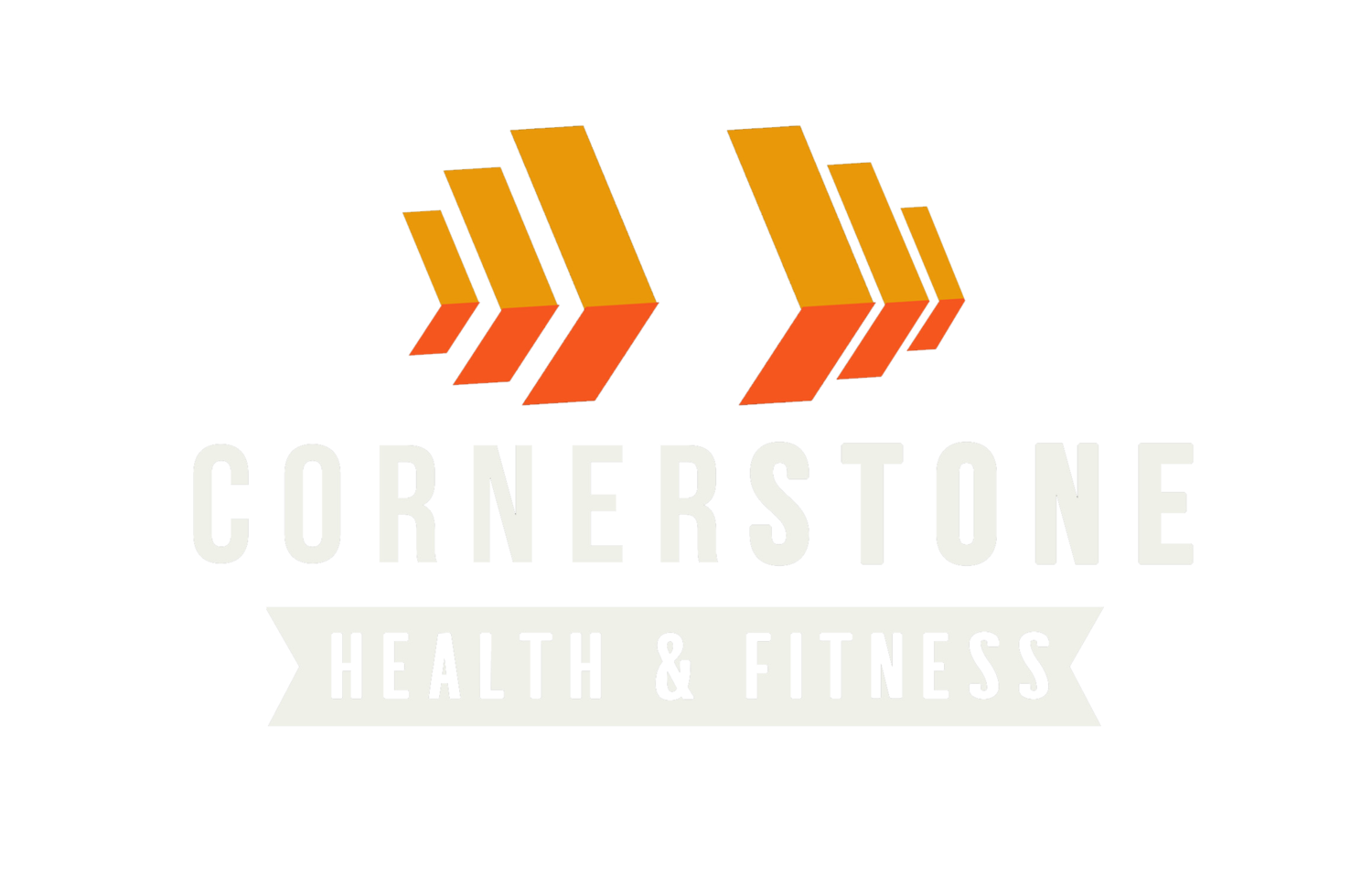Sweating Your Way to Health: How Exercise Helps With Drug and Alcohol Addiction Recovery.
Written by Jason Lewis
Sweating Your Way to Health: How Exercise Helps With Drug and Alcohol Addiction Recovery
According to statisticians, 10 percent of Americans have recovered from a drug or alcohol dependency. For many, exercise has played a critical role in their journey. Here are some ways that working out can help relieve addiction, along with tips on getting healthy.
Reduced Stress
Understanding of addiction has shifted from the perception that substances have addictive properties to recognizing that mental health plays a defining role. Addicts often rely on drugs and alcohol to provide stress relief. Exercise is a healthier outlet for these feelings. If you're having trouble designing a workout routine, work with a Cornerstone Health & Fitness coach to tailor one that fits your lifestyle.
With an exercise app installed, you and your trainer can easily track how many calories you're burning. If you’re going to exercise with your smartphone, it’s wise to purchase an unobtrusive armband that matches your budget so that you can comfortably carry your smartphone while you exercise without it hindering your movements.
Lower Cravings
Physical activity helps reduce the drive to take substances. Even 10 minutes of working out every day can help significantly. Cravings have the potential to cause one to fall back into old habits. Keep moving to reduce the odds of that happening. Such feelings can also be suppressed through psychological techniques. Learn to identify thought patterns that make you want to use substances again and develop strategies for circumventing them. When harmful thoughts arise, hit the gym or engage in other activities that reduce those feelings.
Better Sleep
Sleep researchers have determined that exercise improves slumber. When we experience better sleep, our mood is improved and puts us in the correct mindset to avoid unhealthy tendencies. This is vital for recovery, as addiction specialists have determined a link between mood and substance abuse. You can also set yourself on the path to better sleep by taking a melatonin supplement and abstaining from caffeine before bedtime. Use a smartwatch to determine whether your rest is improving and of course, record your workout progress. These high-tech gadgets document everything about how you're snoozing, from how long you're asleep to how often you wake up. Some are even able to identify the temperature and amount of light in your bedroom.
More Energy
Exercise gives your brain the oxygen and nutrients it needs. It also helps with cardiovascular efficiency. When the lungs and heart are healthy, we have improved stamina and are able to increase productivity. Getting more accomplished helps us feel better about ourselves, making us less prone to engaging in self-destructive behaviors. Make a personal commitment to exercising and stick to a schedule. Improve your odds of staying on track by meditating, eating right, and drinking plenty of water.
Enhanced Lifestyle
Engage in physical activities that you find pleasurable, such as dancing, biking, hiking, yoga, and team sports. When you're having fun, you won't even realize you're working toward sobriety. You'll also experience improved mobility, a better sex life, and a sharper mind. Ultimately, you'll benefit from the positive feedback loop between working out and feeling good.
Getting in shape and ending an addiction are twin goals that complement one another. Whichever is your primary objective, begin sweating and enjoy the mental and physical health advantages of each.

